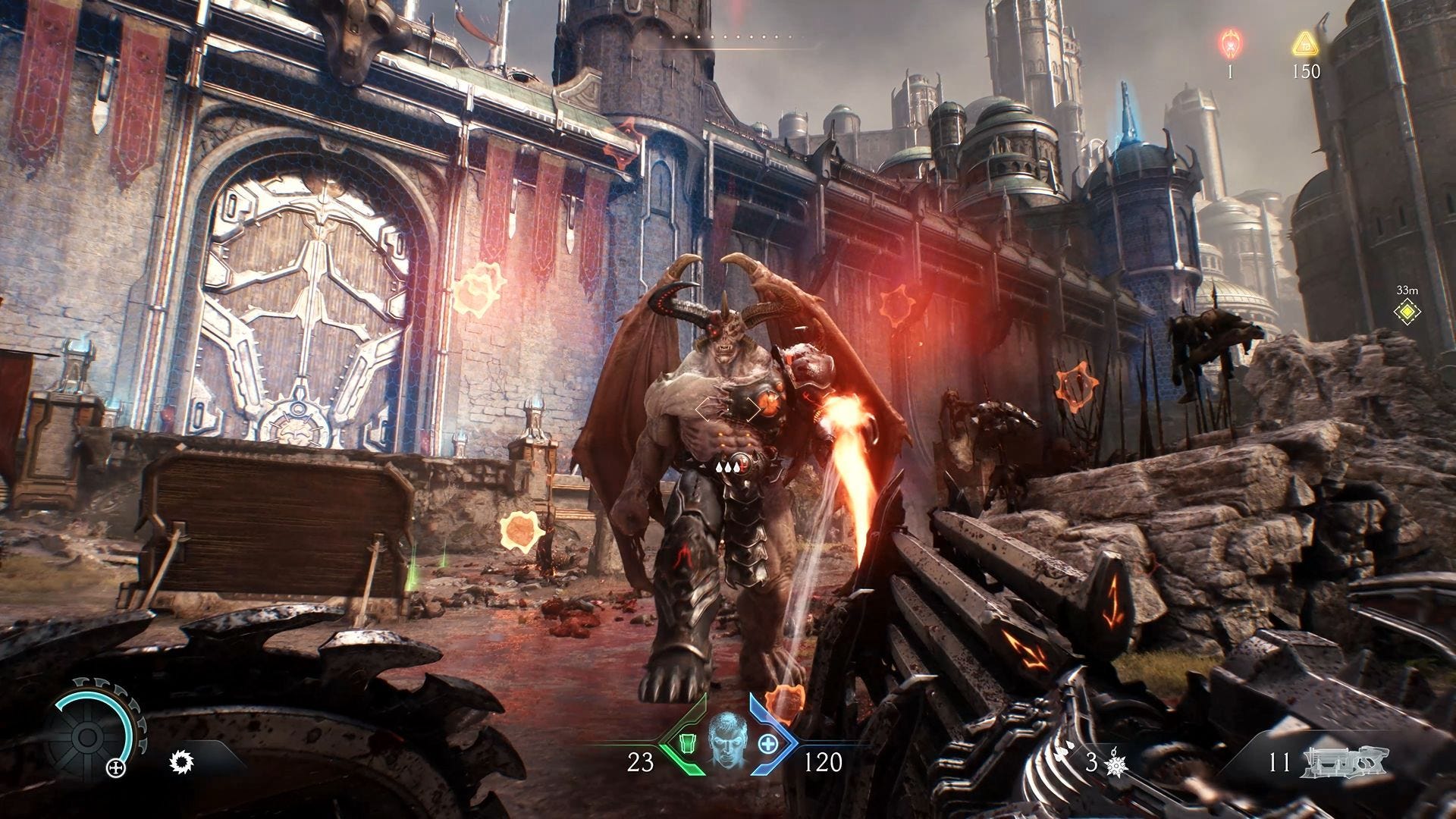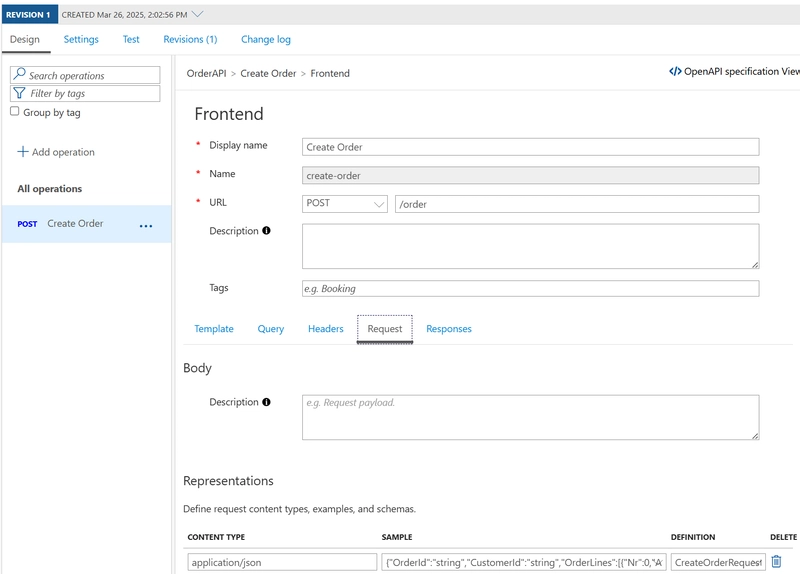Callback props in React
What are Callback Props? Callback props are just regular props, but instead of passing data, they pass functions that handle specific events. What’s their exact purpose? Let’s say you have a component called A, which has a state that holds some data. Inside A, you also have another component, B, which is, for example, a Button. Now, if you want to execute a specific function when clicking the button in B, and that function should modify the state inside A, you can use callback props. This is essentially a way for components to communicate with each other. Explanation of the Example Looking at the example in the image, the idea is: When the user clicks the Button, it triggers an action that is passed as a prop (in this case, OnClickToChangeName). When rendering the Button inside the parent component (A), you pass a function (ChangeNameValue) to the OnClickToChangeName prop. This function then modifies the state of A from within B when the button is clicked. This demonstrates the benefit of callback props: allowing a child component to trigger a state update in its parent component. I d love to hear any additional insights or corrections on this topic! This is really my baby steps in React, and I found this concept a bit tricky to understand at first.
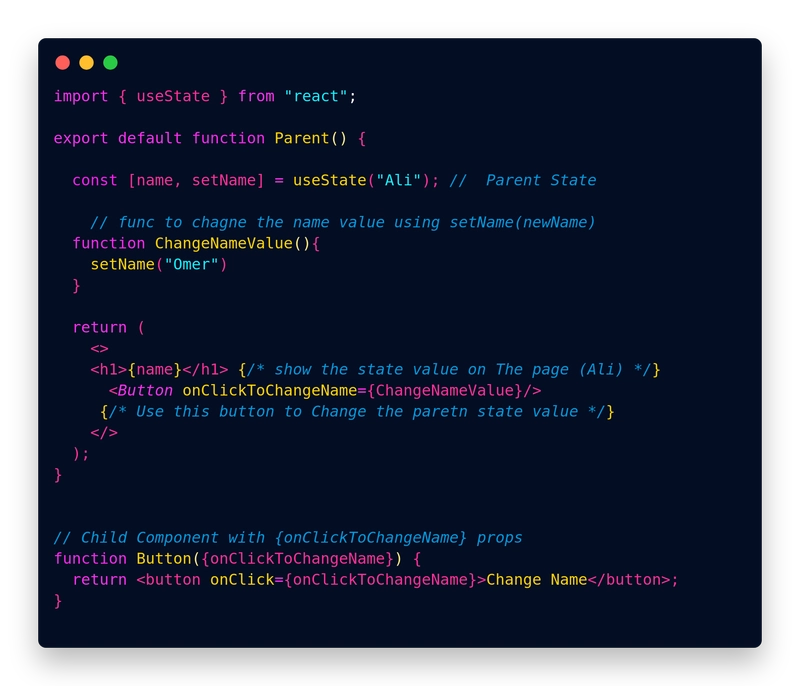
What are Callback Props?
Callback props are just regular props, but instead of passing data, they pass functions that handle specific events.
What’s their exact purpose?
Let’s say you have a component called A, which has a state that holds some data. Inside A, you also have another component, B, which is, for example, a Button.
Now, if you want to execute a specific function when clicking the button in B, and that function should modify the state inside A, you can use callback props.
This is essentially a way for components to communicate with each other.
Explanation of the Example
Looking at the example in the image, the idea is:
When the user clicks the Button, it triggers an action that is passed as a prop (in this case, OnClickToChangeName).
When rendering the Button inside the parent component (A), you pass a function (ChangeNameValue) to the OnClickToChangeName prop.
This function then modifies the state of A from within B when the button is clicked.
This demonstrates the benefit of callback props: allowing a child component to trigger a state update in its parent component.
I d love to hear any additional insights or corrections on this topic! This is really my baby steps in React, and I found this concept a bit tricky to understand at first.























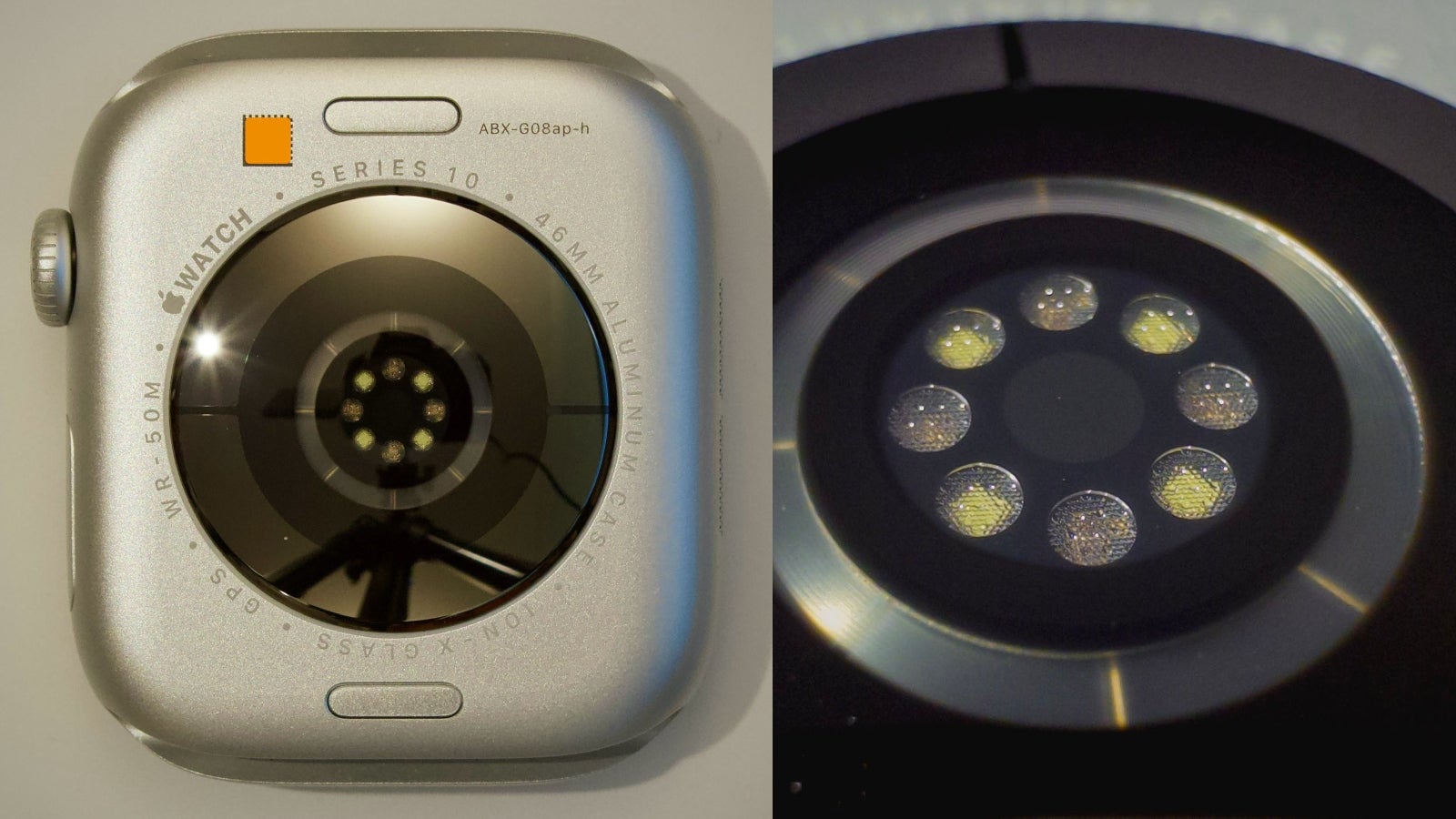
























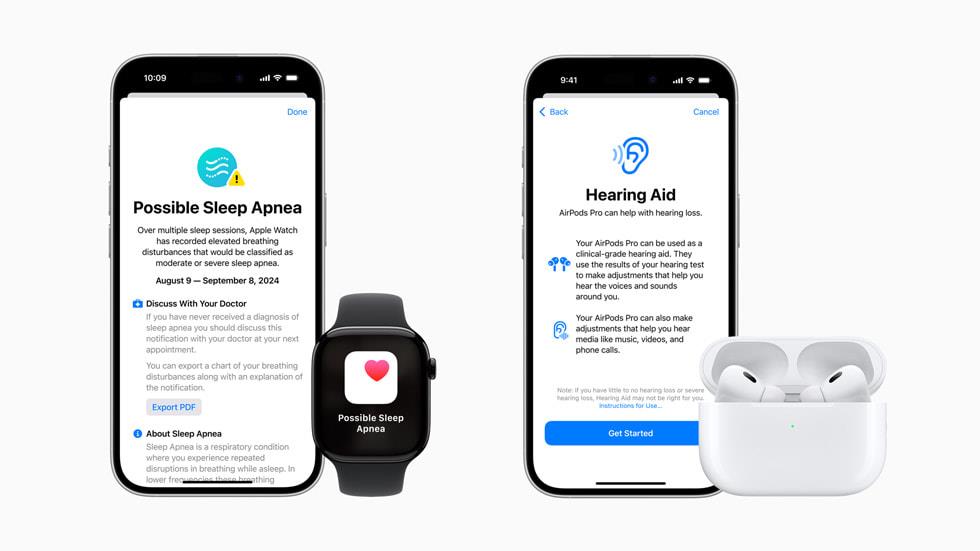
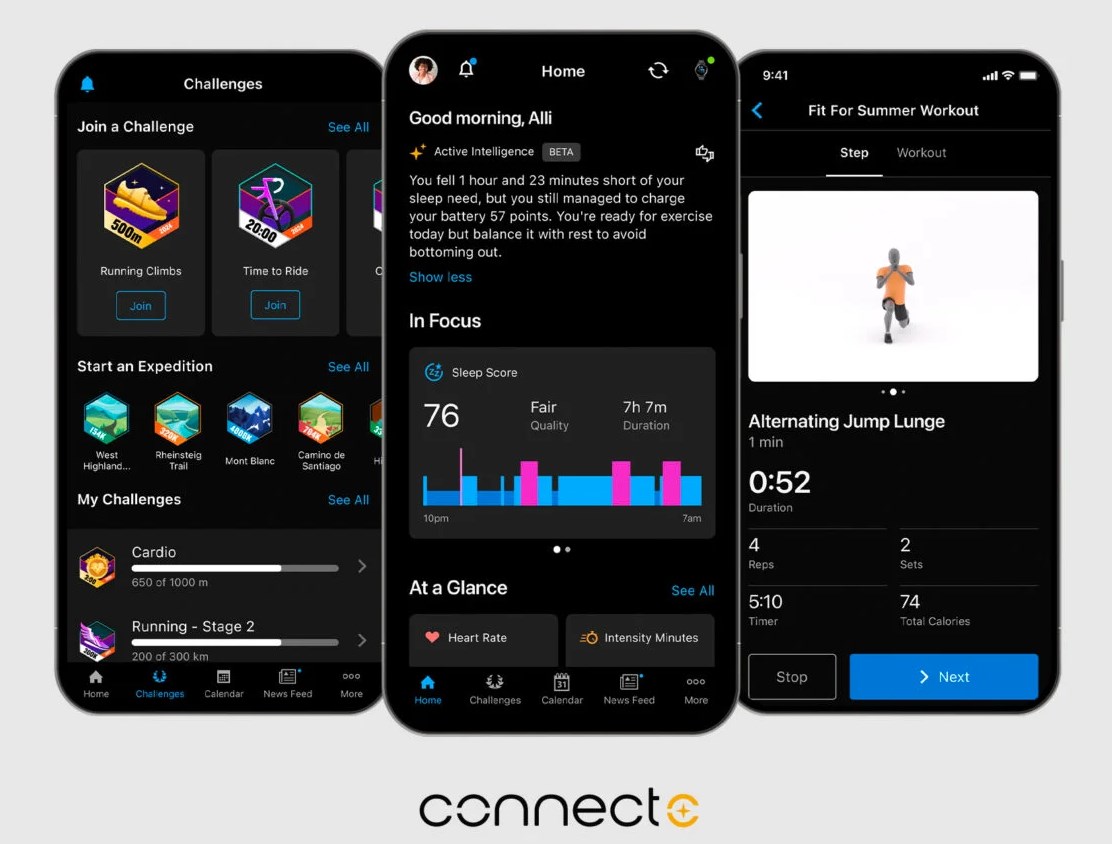
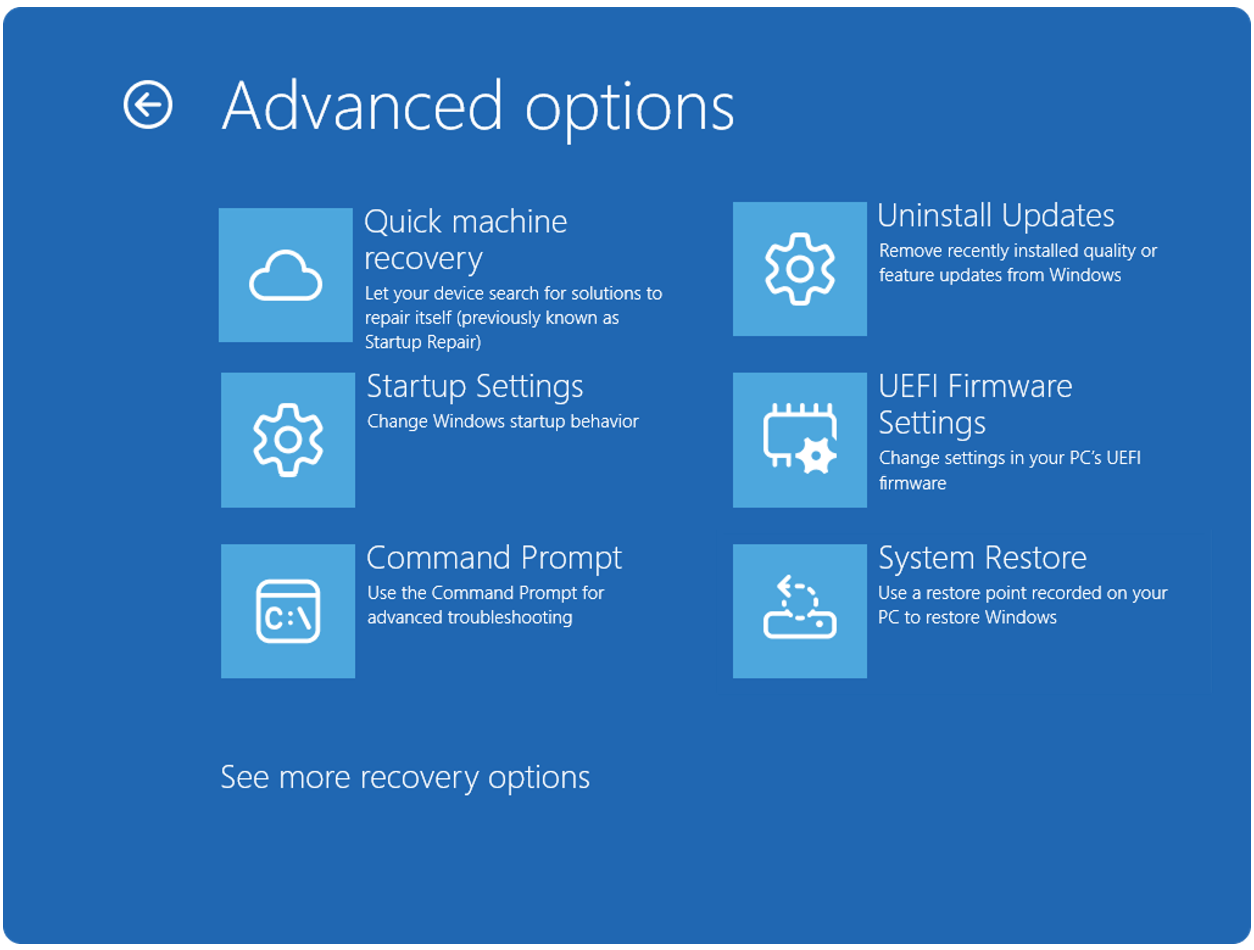

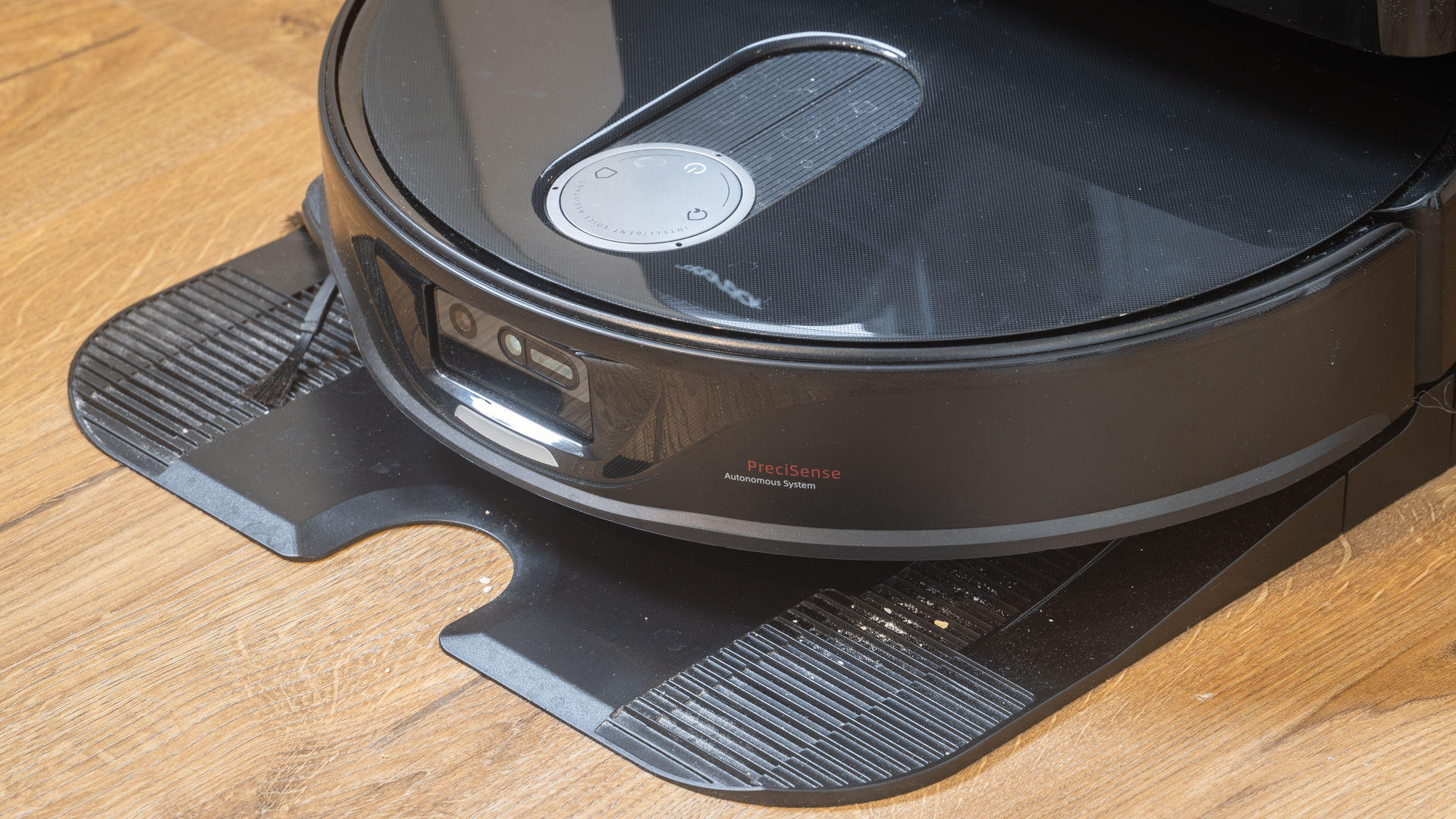
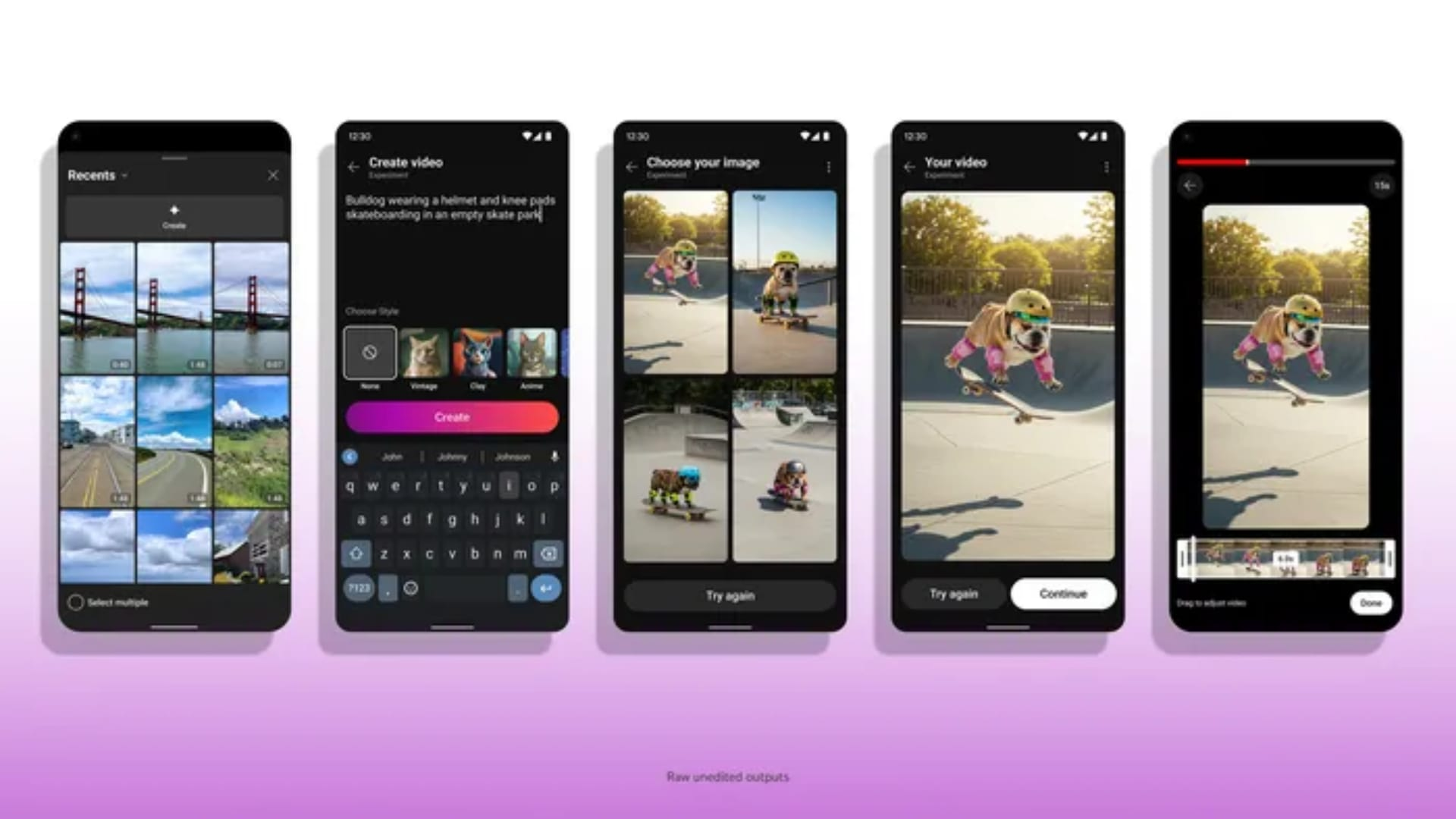

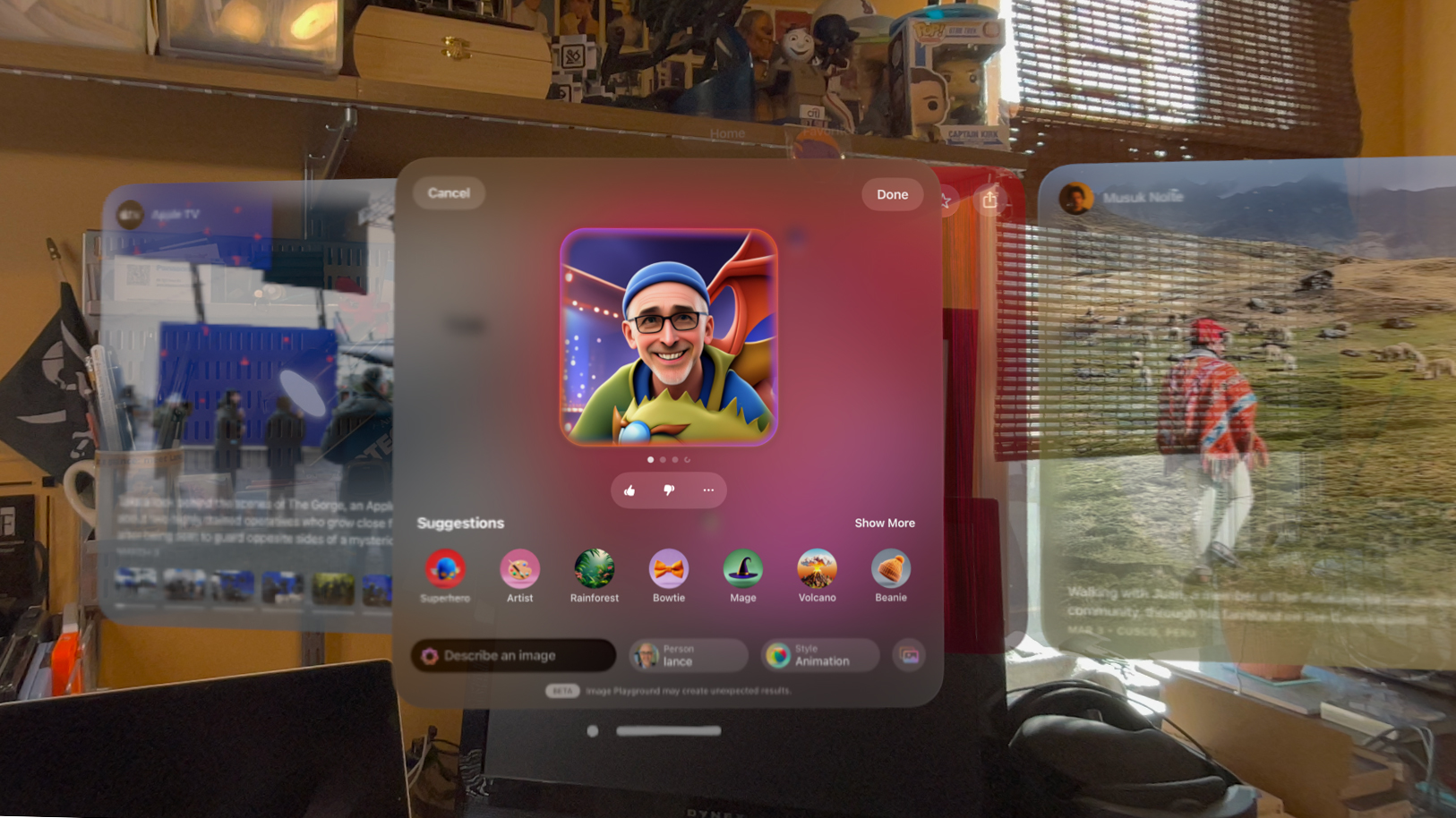



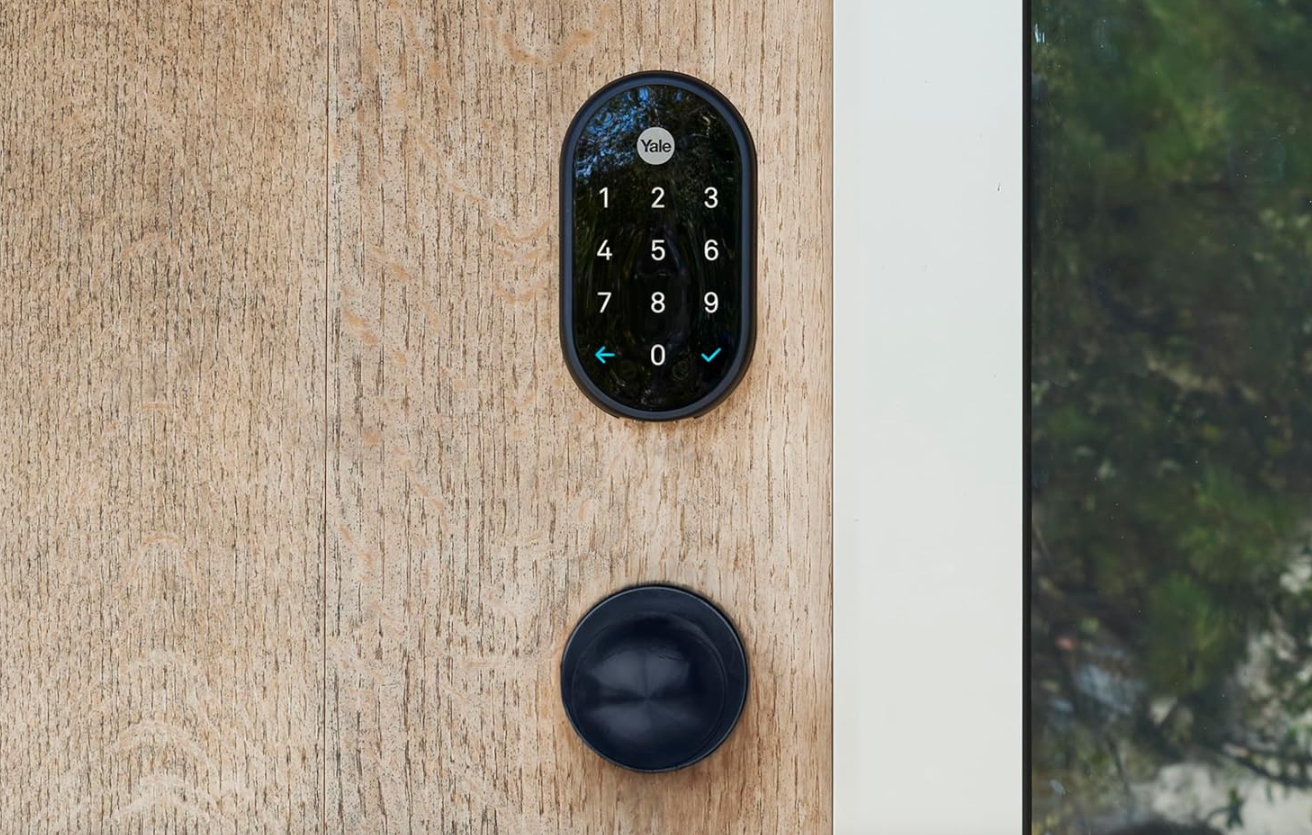









![Get Up to 69% Off Anker and Eufy Products on Final Day of Amazon's Big Spring Sale [Deal]](https://www.iclarified.com/images/news/96888/96888/96888-640.jpg)
![Apple Officially Releases macOS Sequoia 15.4 [Download]](https://www.iclarified.com/images/news/96887/96887/96887-640.jpg)












![What’s new in Android’s March 2025 Google System Updates [U: 3/31]](https://i0.wp.com/9to5google.com/wp-content/uploads/sites/4/2025/01/google-play-services-1.jpg?resize=1200%2C628&quality=82&strip=all&ssl=1)








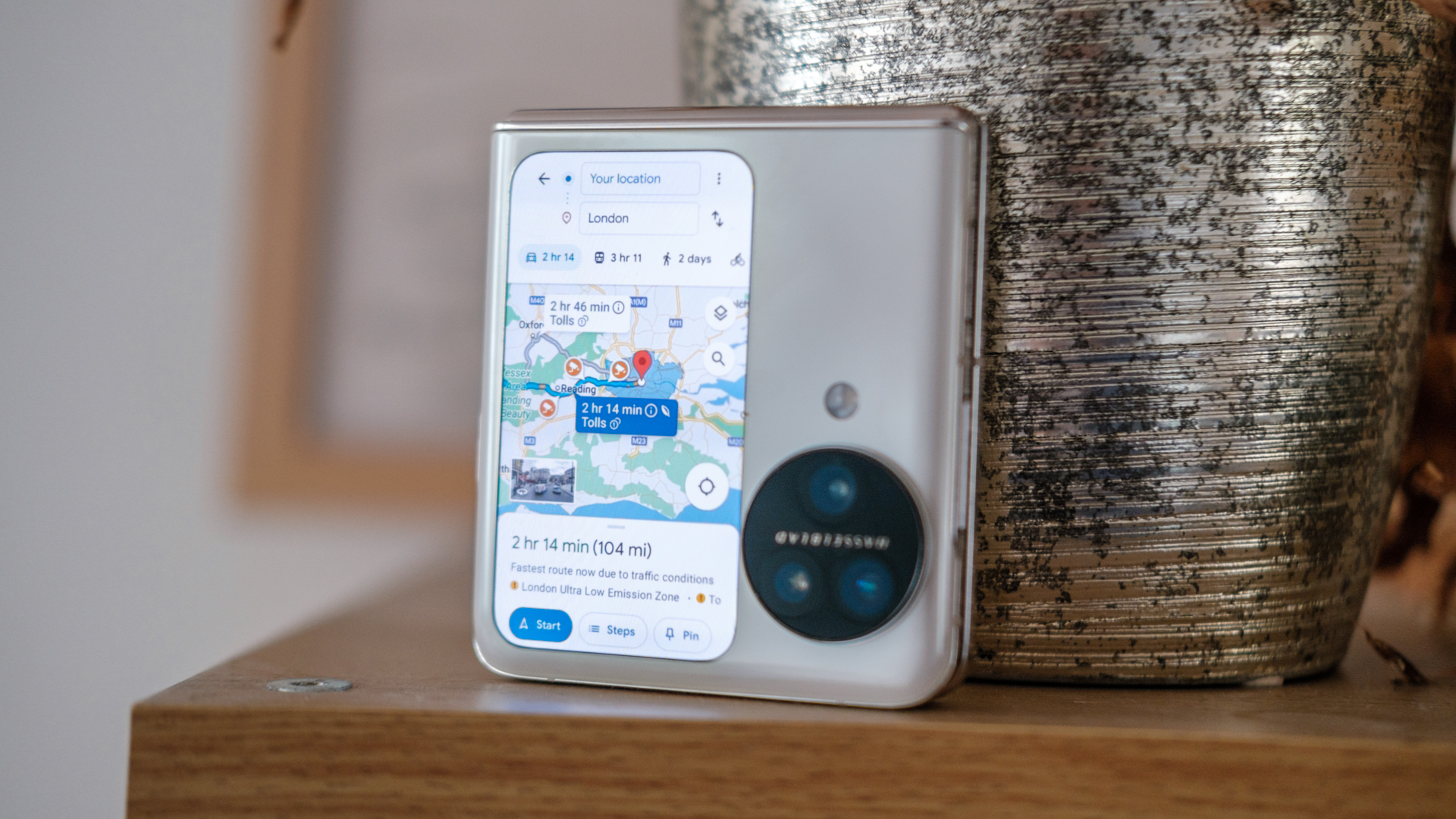


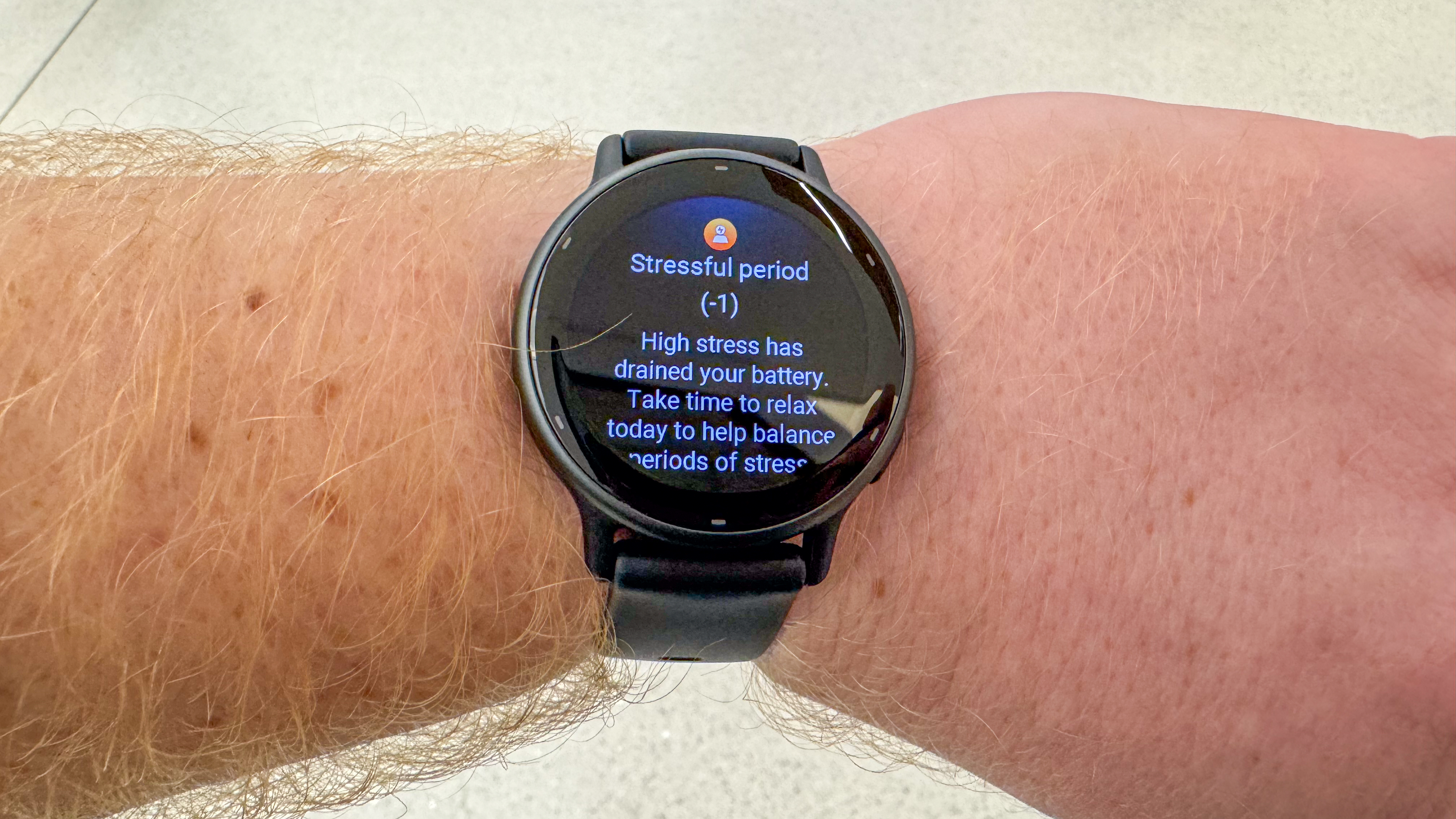

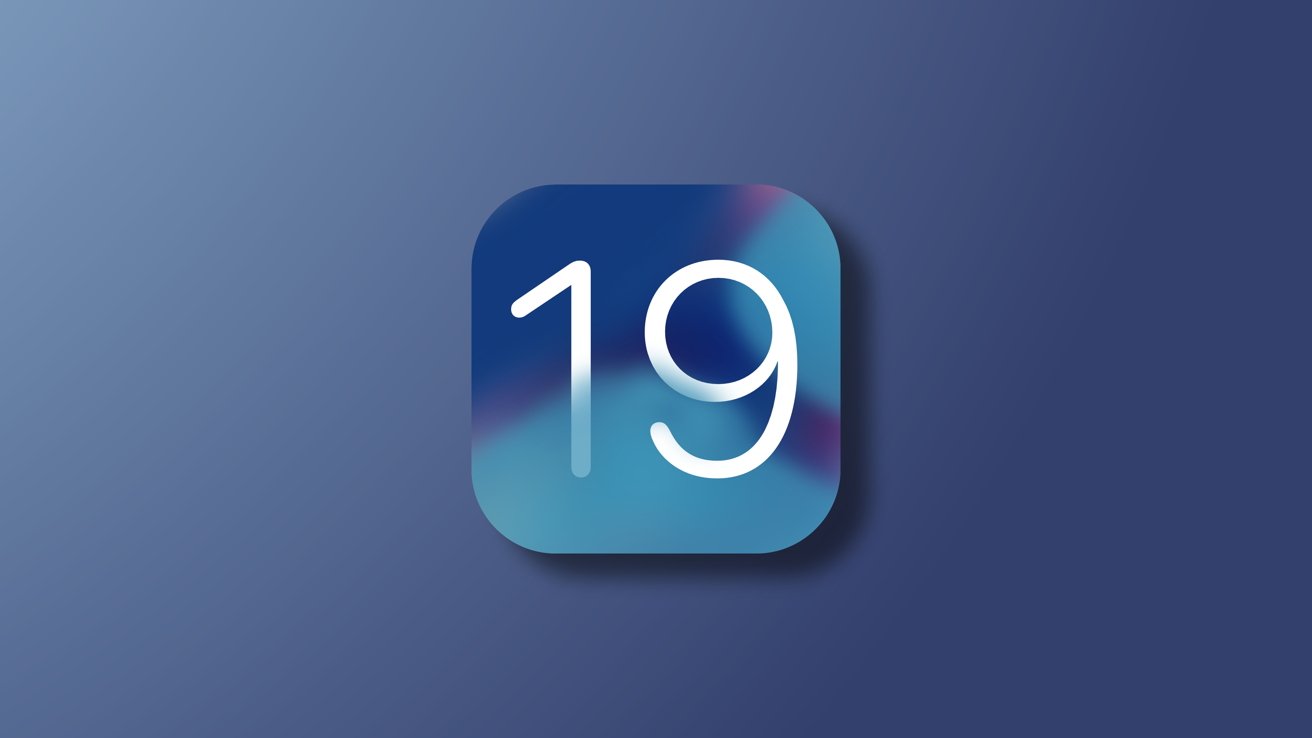
-xl-xl.jpg)



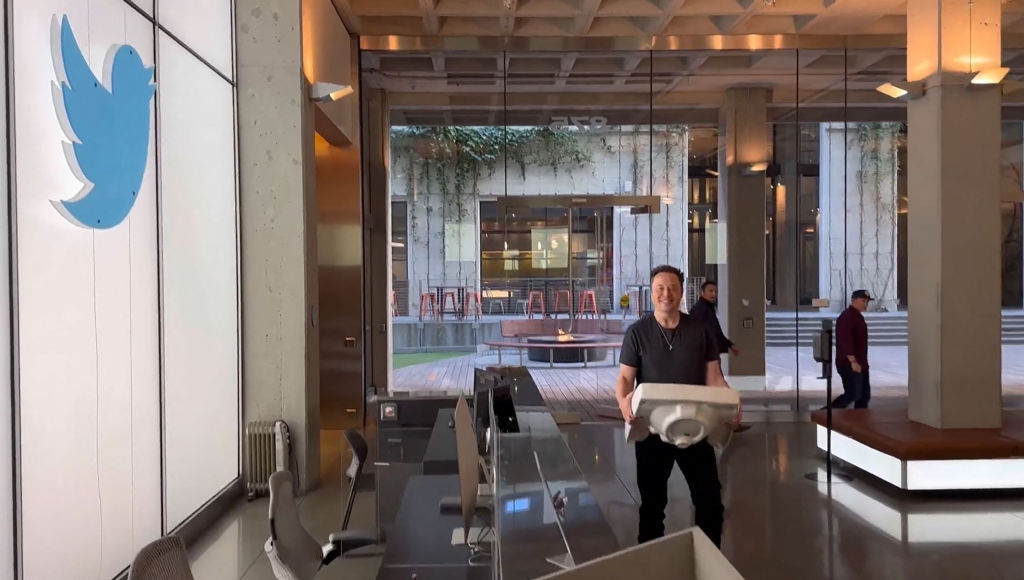

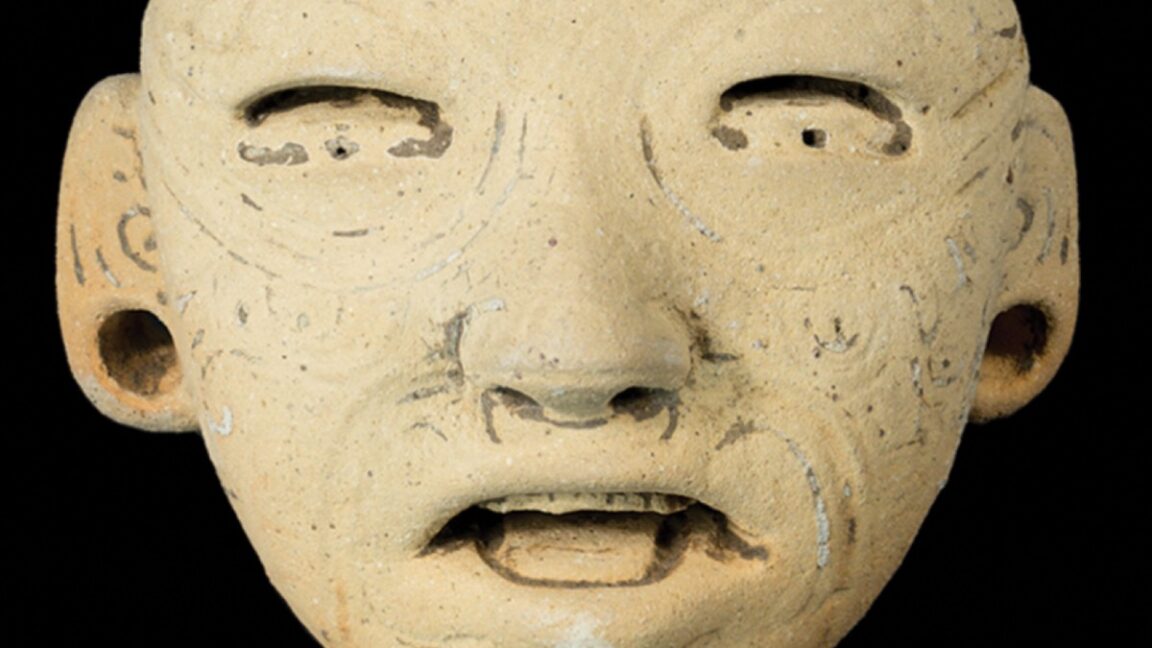




















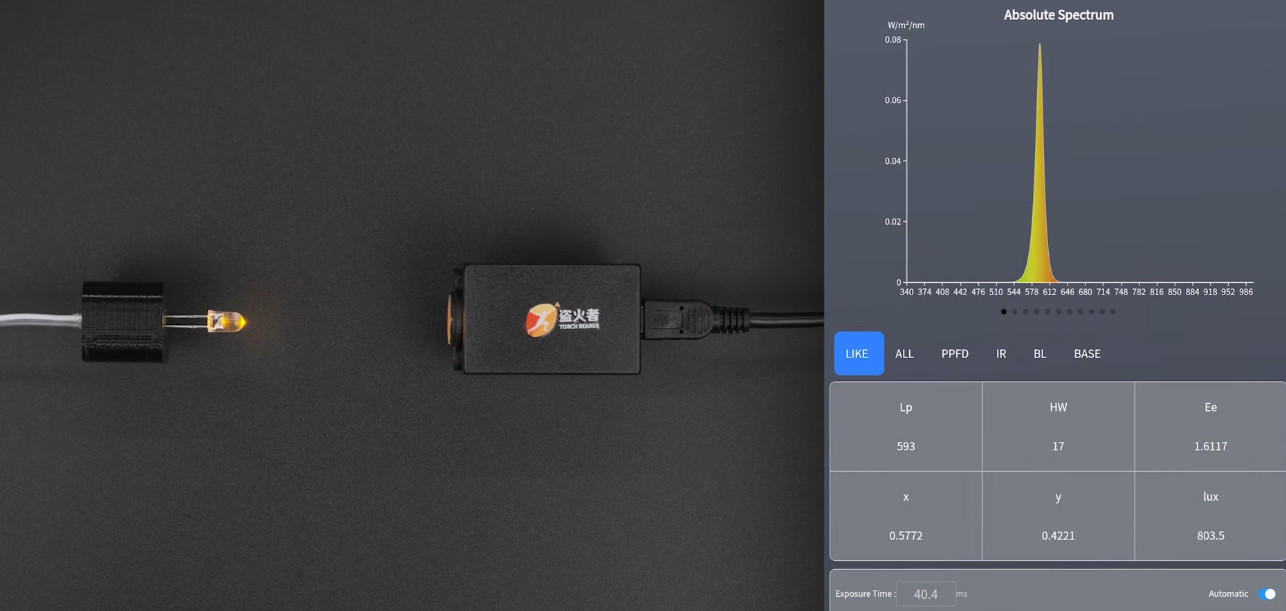

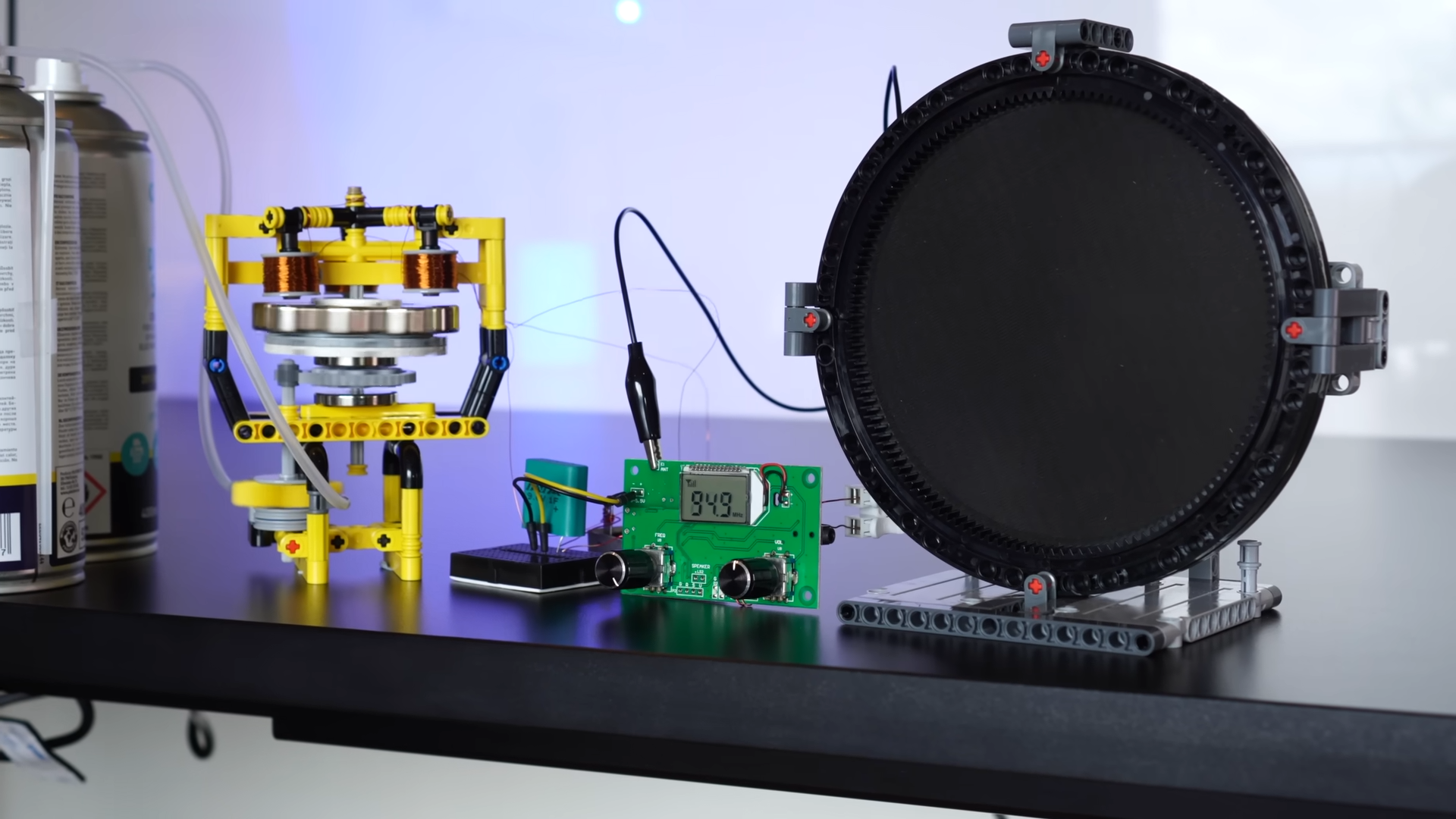













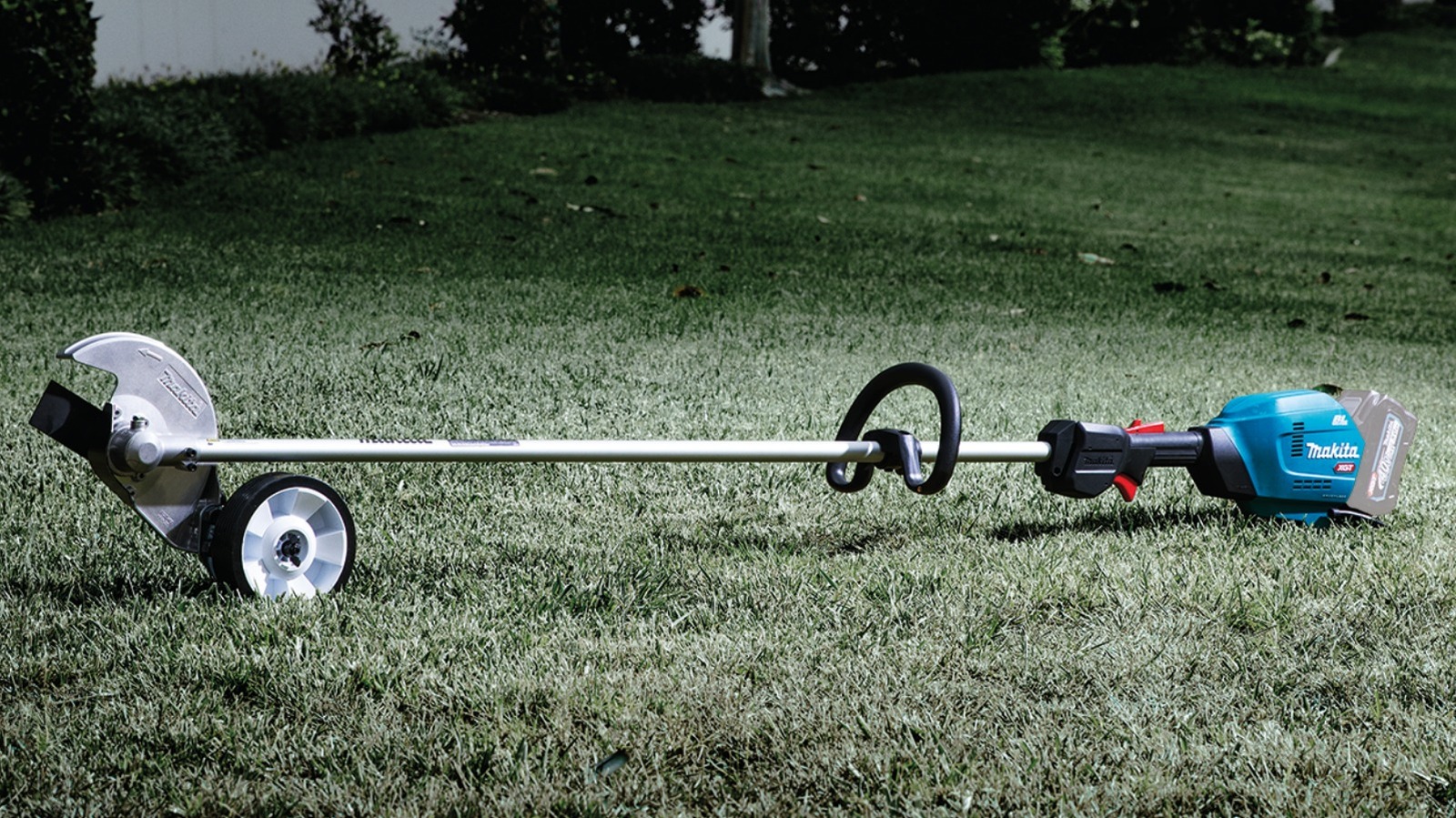












































































































![[The AI Show Episode 141]: Road to AGI (and Beyond) #1 — The AI Timeline is Accelerating](https://www.marketingaiinstitute.com/hubfs/ep%20141.1.png)
![[The AI Show Episode 140]: New AGI Warnings, OpenAI Suggests Government Policy, Sam Altman Teases Creative Writing Model, Claude Web Search & Apple’s AI Woes](https://www.marketingaiinstitute.com/hubfs/ep%20140%20cover.png)
![[The AI Show Episode 139]: The Government Knows AGI Is Coming, Superintelligence Strategy, OpenAI’s $20,000 Per Month Agents & Top 100 Gen AI Apps](https://www.marketingaiinstitute.com/hubfs/ep%20139%20cover-2.png)





























































































































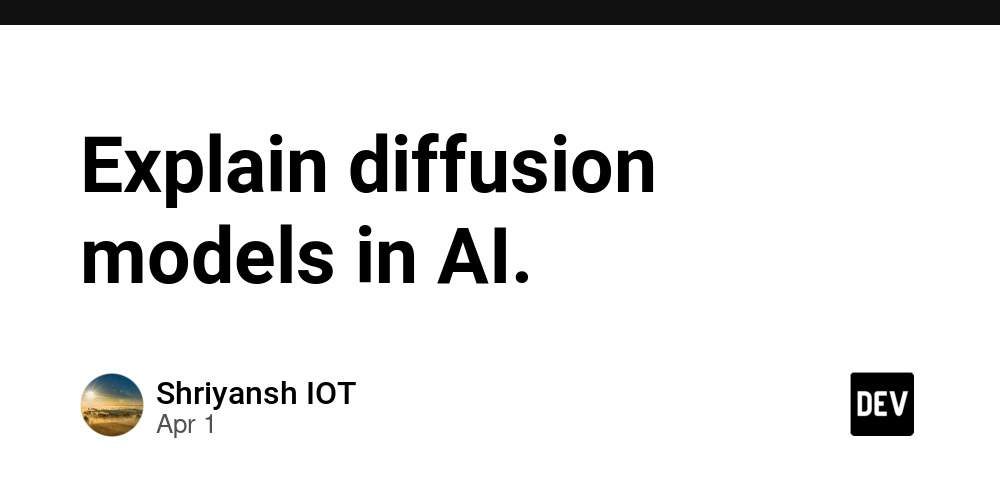
![From broke musician to working dev. How college drop-out Ryan Furrer taught himself to code [Podcast #166]](https://cdn.hashnode.com/res/hashnode/image/upload/v1743189826063/2080cde4-6fc0-46fb-b98d-b3d59841e8c4.png?#)




























-1280x720.jpg?width=1920&height=1920&fit=bounds&quality=80&format=jpg&auto=webp#)













































